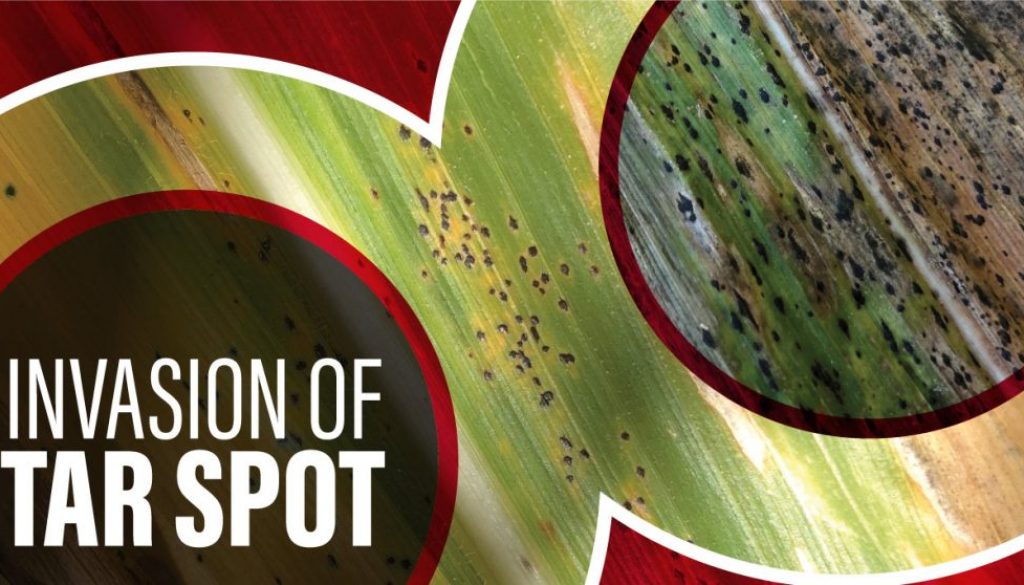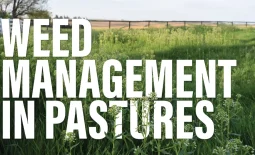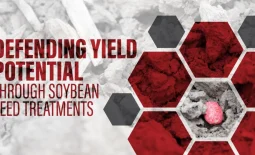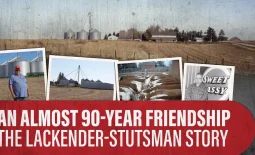Invasion of Tar Spot
Just as the 2019 crop year finish line came into sight, we noticed a new disease in a handful of our growers’ fields; one you may have seen as well. Tar spot, identified by its round black spots that can’t be rubbed off, exploded in southeast Iowa late September and October.
Although easy to identify, leaf tissue needs to be sent in for lab testing for official confirmation: however, there are only a few other diseases that tar spot could be confused with. The most likely disease is common rust, but like the name suggests, rust is orange or red. Tar spot can also be mistaken for saprophytic organisms that grow on the leaf after it is dead. Saprophytes usually look dusty (not black) and generally rub off.
Tar spot’s first U.S. appearance came in 2015 in northwest Indiana and north-central Illinois. The disease slowly spread and made its way to Iowa in 2016. By 2018, 12 Iowa counties had reports of tar spot, but now it’s present in 60% of the state. Although the disease has been present for a few years, it wasn’t believed to cause yield loss until 2018. Yield loss from tar spot will be like that seen with rust: you will need severe leaf coverage for an impact.
The first reported yield loss had 50% coverage on the ear leaf. It is still unknown what the damage of tar spot could be, but there have been some reports of yield impact in heavily infected fields. Yield loss was associated with early/rapid aging and chlorophyll decline, which caused poor ear size and stunted development. Early observations also showed some increases in other diseases, such as stalk and ear rots. Our knowledge about the disease is still minimal with only four years of data available. However, most universities are working to understand the outbreak and how to fiscally manage this new disease.
Lifecycle
Tar spot originates in Mexico and Central America where favorable environmental conditions make the disease very prevalent. Tar spot prefers cool (60-70°F) temperatures with high humidity and seven-plus hours of dew. Wind-driven rains also play a big role in spreading the disease. Researchers believe that the fungi can survive over winter on infected debris, but that hasn’t been confirmed.
In Mexico, tar spot is one of the most prevalent foliar diseases but generally does not have much economic impact. However, when a secondary infection of Monographella maydis (often referred to as tar spot complex) occurs, yield losses have been substantial.
Control
As previously mentioned, the economic impact of tar spot will be minimal; if the complex (Monographella maydis) doesn’t show up (it has not been found in the United States at this time). All seed brands seem to be affected, with no particular genetics having a clear upper hand. Every company has said that getting some genetic resistance is a priority. Fungicides are also being tested for their effectiveness. Several 2(ee) labels that can manage tar spot were available this year, however, there is little information on optimum timing or if a fungicide application is effective or economical.
We are all in learning mode right now but we will continue to keep you informed with tar spot updates and any other diseases/pests that pop up.










